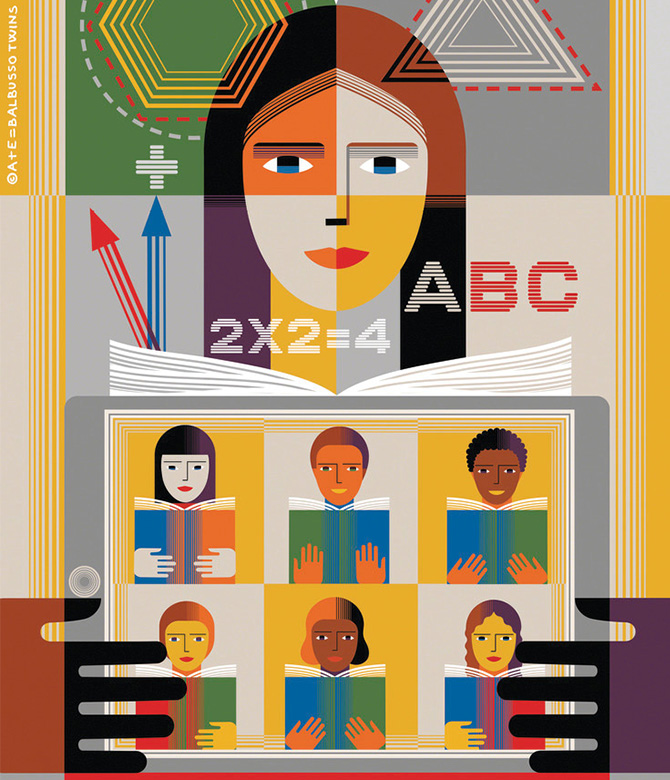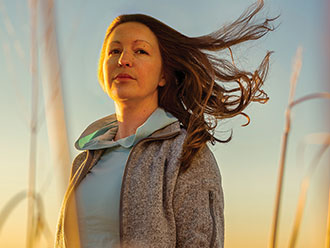When it comes to teaching, foundational knowledge is everything. Are teachers approaching their work from the most scientifically sound standpoint? Are they making decisions appropriately based on the many variables that can influence outcomes?
“Much of what educators are taught and what teachers are forced to learn as part of professional development lacks sound scientific evidence,” says Daniel Robinson, professor and associate dean of research in the College of Education. “To improve the field, we need people who can tell the difference between what is real and what is snake oil.”
In his course, “Evaluating and Debunking Educational Interventions,” Dr. Robinson guides students through coursework that allows them to gain an understanding of educational myths by critically examining numerous cases. Students also learn sound educational intervention research methods so they can evaluate and debunk such myths
One of the first things the class takes a closer look at is the notion of learning styles, which is a belief that students have different styles of learning—such as visual, auditory, or tactile—and that instruction should match the given style.
“This has been taught and promoted ad nauseum in education,” Robinson says. “But there is no evidence that matching instruction to a perceived style of learning leads to better learning outcomes.”
Other myths the class looks at include multiple intelligence theory, social/ emotional intelligence, and discovery learning.
“My research and writings for the past 20 years have explored the declining trend in experimental research in education and the increasing trend in observational research that does not allow for causal conclusions,” says Robinson. “I truly believe that one of the greatest things a field can do for the public is to protect the public from the field.”


